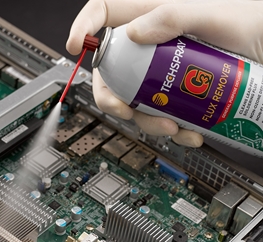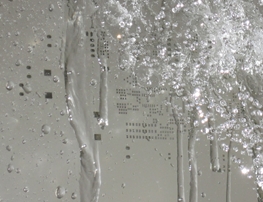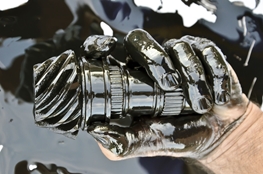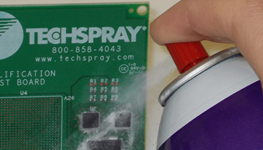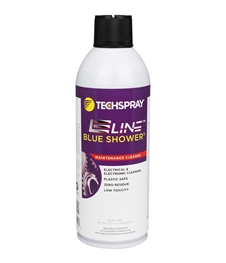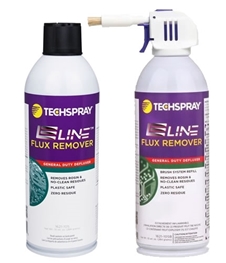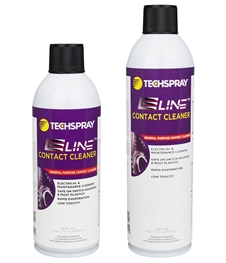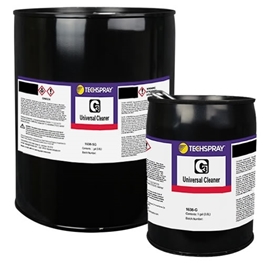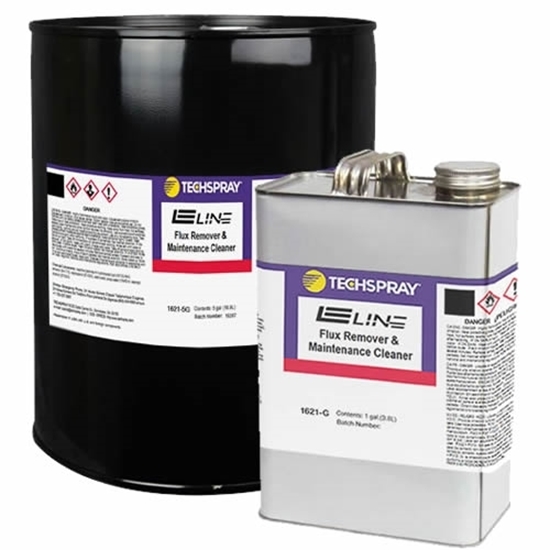
E-Line Flux Remover & Maintenance Cleaner
Powerful & economical liquid cleaner

Your Sample Request
E-Line Flux Remover & Maintenance Cleaner
*=required field
TDS
REGS
SDS
FAQ's
Metal 5-gallon containers come with a flexible pop-out spout for easy pouring. 55-gallon drums are compatible with standard 2" spouts.
It may be different state-by-state, so contact your state environmental agency for regional specific regulations. For a general guideline, here is the process according to EPA hazardous waste regulations 40CFR. The can has to be brought to or approach atmospheric pressure to render the can empty. Puncturing is not required, only that it “approach atmospheric pressure”, i.e. empty the can contents until it’s no longer pressurized. This insures that as much contents as is reasonably possible are out of the can. It is then considered “RCRA-empty”. At that point it can be handled as any other waste metal container, generally as scrap metal under the recycling rules. Note that the can is still considered a solid waste at this point (not necessarily hazardous waste).

